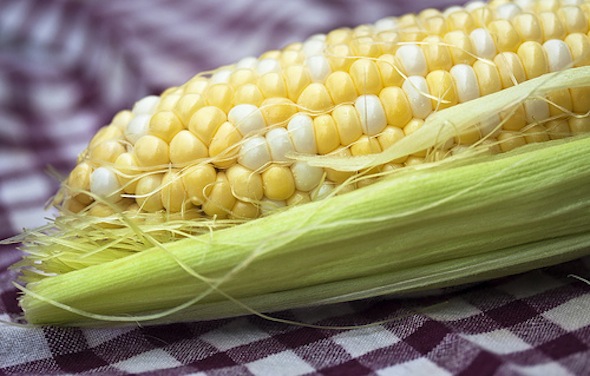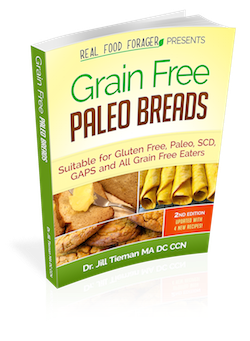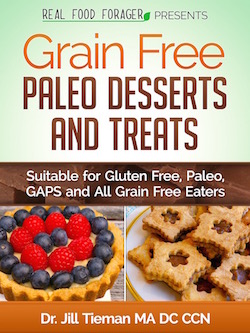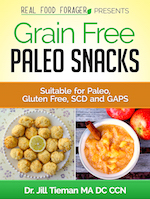Corn was one of my favorite foods. I ate it in many forms; fresh corn, frozen corn kernels, corn bread, corn chips, you get the idea. For many people it is a gluten-free mainstay. However, in this country, 80% of the conventional corn crop is genetically modified. What’s so bad about that? Let me tell you.
Animals fed GM corn got fat quicker
An experimental feeding study from Norway, released in July 2012, revealed a positive link between GM corn and obesity. The study was conducted over a ten year period and animals fed GM corn got fatter quicker and retained the weight compared to animals fed a non-GM grain diet. The studies were performed on rats, mice, pigs and salmon. All the results showed this association. This study was a multi-national collaboration with researchers from Austria, Hungary, Ireland, Turkey and Australia.
The animals were fed a diet of GM corn and soy which contained toxic proteins from the Bacillus thuriengensis (BT). Bt is actually an insecticide that works by killing larval insect pests which damage corn, soy, cotton, canola and other crops. That sounds good if you want to protect the crops, but taking that DNA and inserting (more like blasting) it into the DNA of the plant alters the plant DNA and the plant proteins.
This can be a problem. A big problem.
We have an epidemic of obesity
When rats were fed a diet of fish that had consumed GM grain, they saw the same result – they got fatter faster.
The results of this study suggests that people who routinely consume food products with GM corn or soy may be at risk for developing obesity and have a great deal of difficulty losing it.
Sound like anyone you know?
The effects of GM grains on the organs of the animals
The researchers found distinctive changes in the intestines of animals fed the GM grains compared to those fed non-GM grains. This confirms other studies done by US researchers. Significant changes occurred in the digestive systems of the test animals and other major organs such as the liver, kidneys, pancreas, genitals and more.
Professor Åshild Krogdahl et al, from the Norwegian Veterinary College, said.
The ones who had fed on GM corn were slightly larger, they ate slightly more, their intestines had a different micro-structure, they were less able to digest proteins, and there were some changes to their immune system.
The effects of altered protein assimilation
Reducing the ability to digest proteins compromises available nutrition to the body and over time may result in the develpment of chronic illnesses — many of which are on the rise including, diabetes, digestive disorders, inflammatory bowel disease, colitis, autism spectrum disorders (ASD) (ADD), autoimmune diseases, sexual dysfunction, sterility, asthma, COPD and many more.
It appears that there is a cascade effect from any living thing exposed to genetically modified organisms. It affects the plant, any person and animal who eats the plant and any person or animal that eats the animal that ate the plant.
Sort of like the old lady who ate the fly… she died in the end.
Professor Åshild Krogdahl stated,
It has often been claimed that the new genes in genetically modified foods can’t do any damage because all genes are broken down beyond recognition in the gut. Our results show the contrary that genes can be taken up across the intestinal wall, is transferred to the blood and is left in the blood, muscle and liver in sufficiently large segments to be identified ….. The biological impact of this gene transfer is unknown.
We do now know about maternal and fetal exposure to glyphosate
This study published in Reproductive Toxicology in 2011, revealed that the blood serum of pregnant and non-pregnant woman and fetuses had circulating pesticides associated to genetically modified foods (PAGMF). Sadly, this opens the door to a new field in reproductive toxicology and utero-placental toxicities.
The solution
Go grain-free. The corn crop in the US has been annihilated by GMO’s. I would also never eat corn that is labeled organic, unless I grew it myself from organic seeds that I knew were 100% organic — or from an organic farm that I trusted 100%.
Unfortunately that removes a lot foods offered at restaurants and markets because corn is an ingredient in a lot of food items. I’ve given it up completely because I just don’t want to take the chance.
Here’s an easy way to go grain-free — take my online class!
Get Started Today
What You Get in This Class
You’ll get lifetime access to 12 weeks of classes including:
- Over 80 video tutorials
- Over 150 recipes!
Click here to see the full class schedule
Sign Up Now
Use coupon code MOM2013!
Save 35% for a total of only $129.00! This price will only be good during the May promotion — through June 7.
Click here to register













